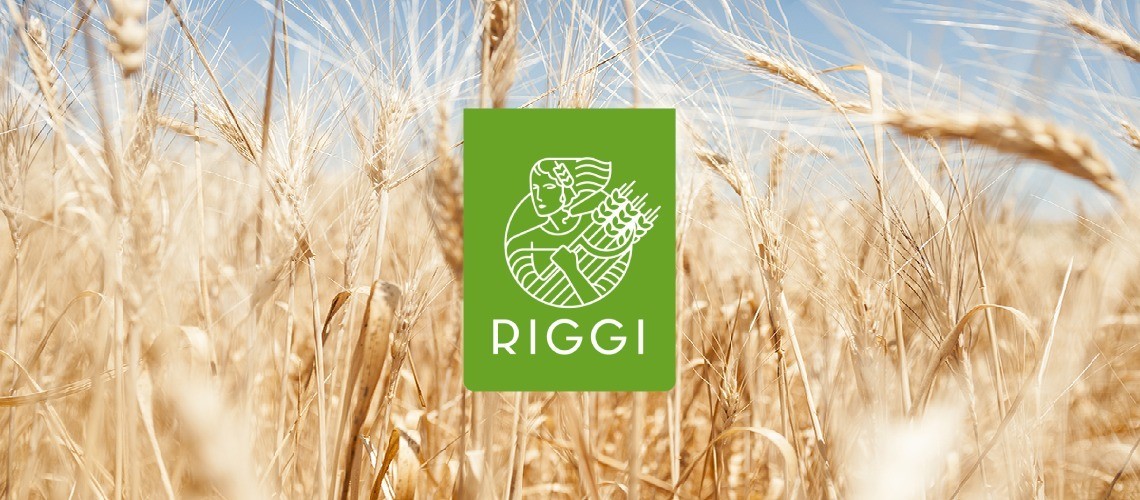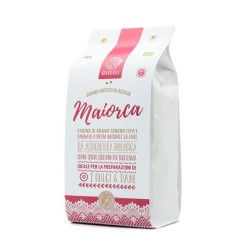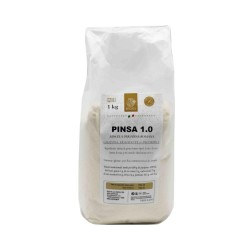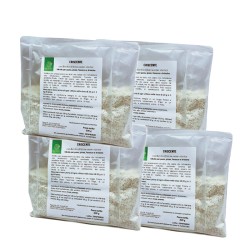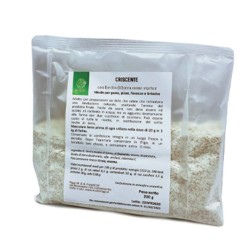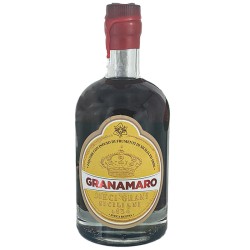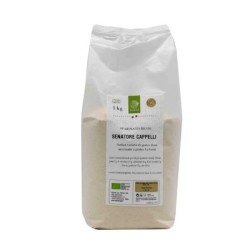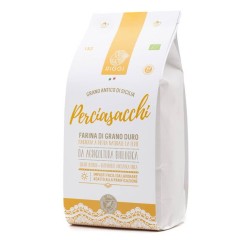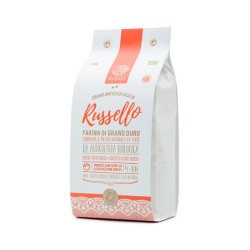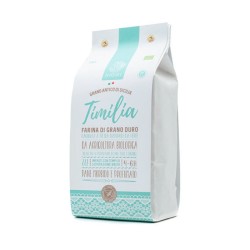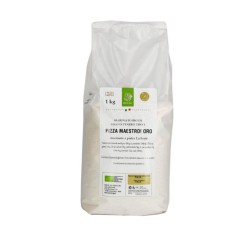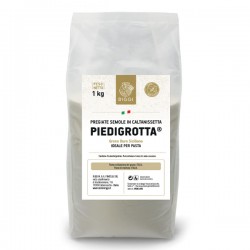Free delivery starting from 149 €
barring exceptions
MOLINI RIGGI
Molini Riggi is a mill specialising in stone milling for the production of organic flour from ancient Sicilian cereals.
The history of Molini Riggi is very old and dates back to 1945 when, after the war, Calogero bought the land to start his agricultural business and then built his first mill, taking advantage of the central and strategic position that the capital of Nissen has for the whole of Sicily, quickly becoming a reference point for wheat and legume harvests.
The ambition was to make the ancient Sicilian flours known all over the world, valorising the ancient grains of Maiorca, Timilia, Russello, Perciasacchi, Khorasan and Senatore Cappelli.
Calogero's legacy has been carried on by his grandchildren, Marco and Alessandro, who have innovated the milling techniques and activated a rigorous control of the supply chain.
What is the supply chain for Molini Riggi?
It is the set of people and stages involved in the selection of raw materials, from processing to the consumer's table.
The supply chain is understood as a production process that guarantees excellence.
A responsible supply chain is one that aims to promote local production, favouring local products at 0 km and limiting environmental impact.
The environment as a business choice
Sicily and the sun are inseparable. For Molini Riggi, the use of solar energy is an ethical choice for corporate sustainability; the installation of a photovoltaic system is a commitment to green, conscious and far-sighted growth, with a view to new markets that integrate corporate and safety objectives with the new competitiveness of the production system.
How Molino Riggi works
For 3 generations, milling technology has evolved and experience has been gained to improve the performance of flour and dough.
Cylindrical milling in the historic mill is dedicated to the milling of durum wheat; some mills enclose the rollers that crush the grain, thus avoiding excessive stress on the raw material and consequently on the flours, leaving the wheat germ, rich in vitamins E and B and essential acids, intact.
Stone milling is used to obtain a more fragrant, tasty and nutritious flour.
It is carried out at a low temperature in order to preserve the aromatic components, which are sensitive to heat, and to avoid protein denaturation.
The flour obtained contains 100% of the wheat kernel, which allows it to be classified as "wholemeal"; after milling, a selection passage in a "tumbler" is necessary to obtain "2" type flours; a finer sieve on the tumbler makes it possible to obtain "1" type flours.
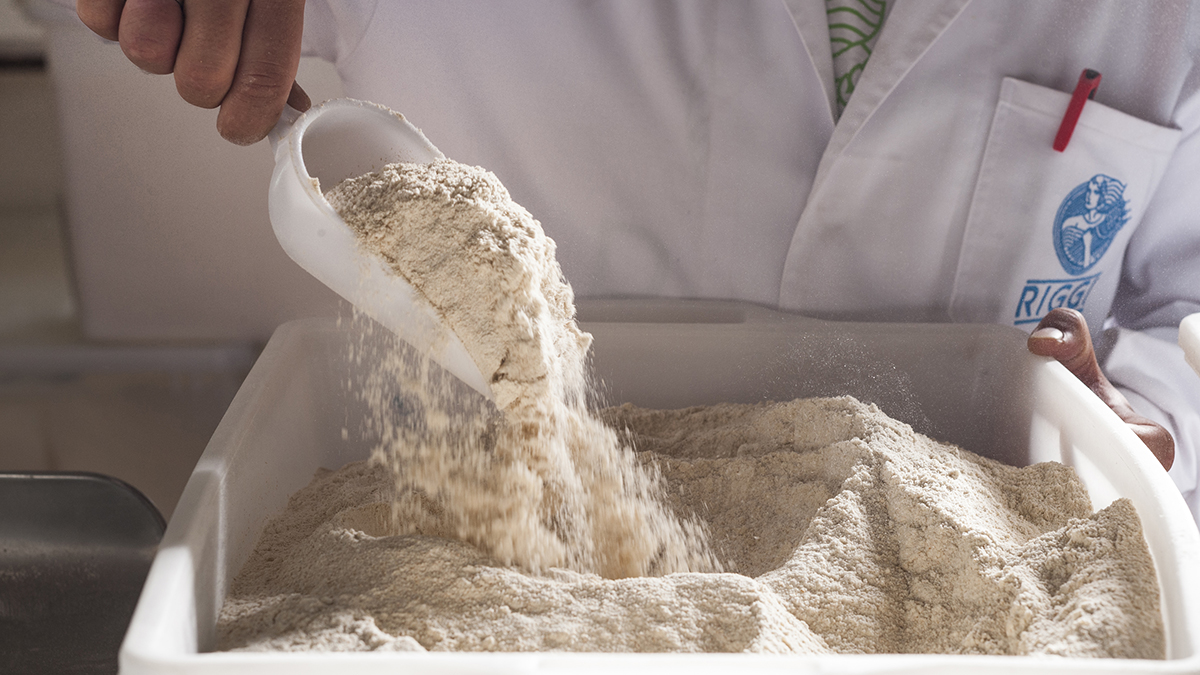
Dehydrated "Criscente" Active Starter Yeast
MOLINI RIGGI
Net weight: 200 g - 7,05 oz
available
Price
€3.59

